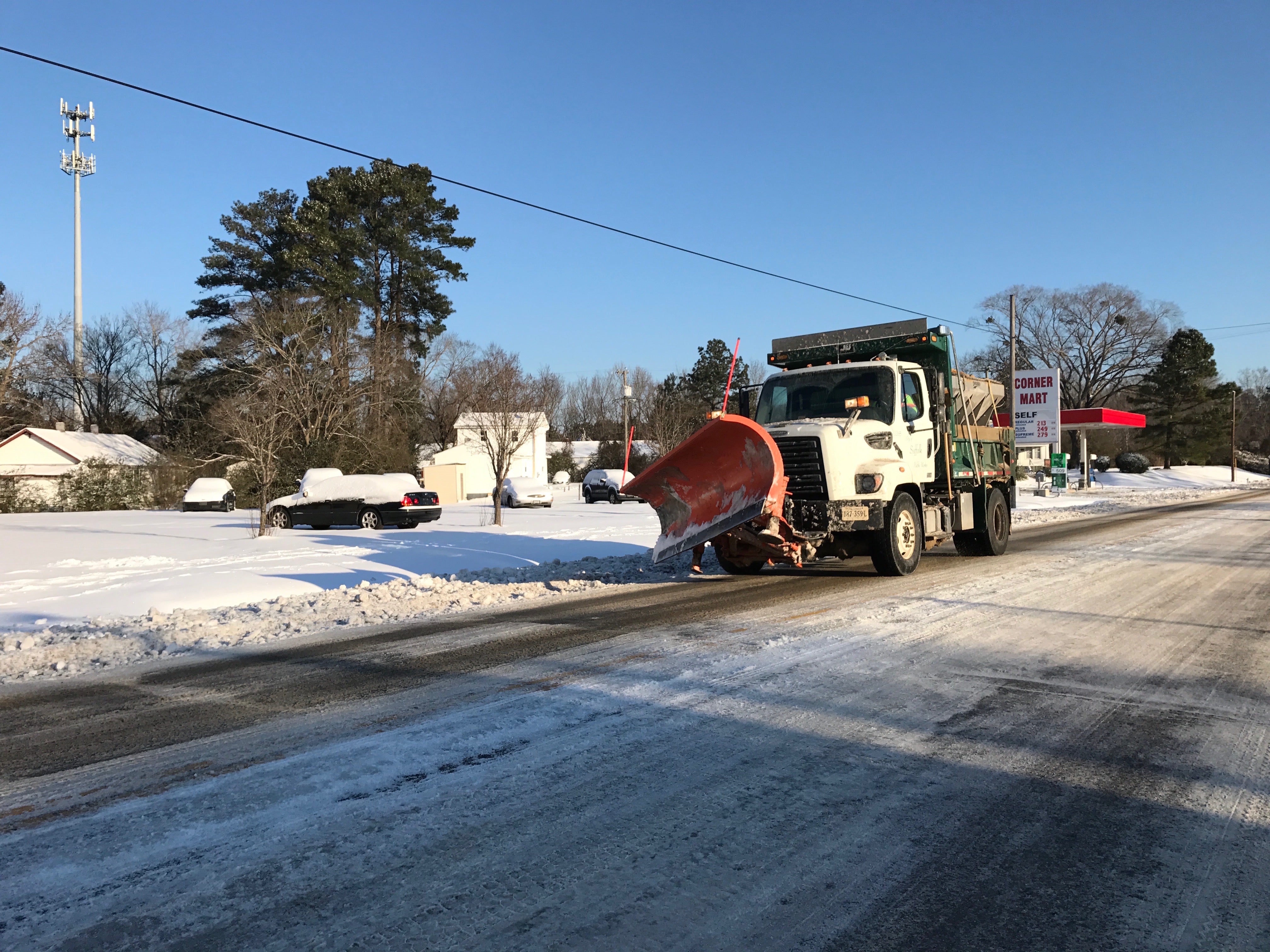A lesson on carbon monoxide danger
Published 9:42 pm Monday, July 29, 2013
When the effects of carbon monoxide poisoning are as far along as they were for Mona and Kenneth Hendrickson on Saturday, the results are usually tragic. In 2008, according to the Consumer Products Safety Commission, there were 189 non-fire-related, non-intentional carbon monoxide deaths in homes around the nation. That’s not a large number, but it’s nearly double the amount from just a decade earlier.
But the nature of carbon monoxide poisoning is such that many people who suffer from it pass out before they ever realize there’s a problem — or they never awake to realize there has been a carbon monoxide problem in their homes, and emergency responders arrive hours or days later to find a tragic scene.
But Kenneth Hendrickson had the presence of mind to call an emergency dispatcher and a friend when he noticed something was wrong with both his wife and himself on Saturday. The Hendricksons, both 59, had used their propane grill the previous night and put it into the garage of their Eclipse home without remembering to turn it off. They were both feeling badly the next morning, and Mr. Hendrickson made the telephone calls that would save his life and his wife’s.
When a dispatcher who questioned him about their symptoms realized that he might be suffering from carbon monoxide poisoning, emergency responders knew what to prepare for. A friend arriving just ahead of firefighters was able to get confused Mr. Hendrickson to answer the door and firefighters found Mrs. Hendrickson collapsed and semi-conscious in the bathroom.
Both patients were in good condition Saturday evening after being rushed to Sentara Leigh Memorial Hospital, where they received pressurized oxygen treatments in a hyperbaric chamber. Had Mr. Hendrickson waited a few more to call for help, however, there’s a good chance things would have turned out horribly different. Tests by emergency responders revealed extremely high levels of the colorless, odorless gas in the home, and prolonged exposure to such levels can be fatal.
Sources of carbon monoxide include unvented kerosene and gas space heaters, leaking chimneys and furnaces, back-drafting from furnaces, gas water heaters, wood stoves and fireplaces, gas stoves, generators and other gasoline-powered equipment, and automobile exhaust.
Moderately priced carbon monoxide detectors are available in most home goods stores. Officials also recommend these steps to prevent carbon monoxide from building up in your home:
• Keep gas appliances properly adjusted.
• Consider purchasing a vented space heater when replacing an unvented one.
• Use proper fuel in kerosene space heaters.
• Install and use an exhaust fan vented to outdoors over gas stoves.
• Open flues when fireplaces are in use.
• Choose properly sized wood stoves certified to meet EPA emission standards.
• Have a trained professional inspect, clean and tune up heating system equipment annually, and repair any leaks promptly.
• Never idle the car inside the garage.
• Never use a generator inside homes, garages, crawlspaces, sheds or other areas without full ventilation.



